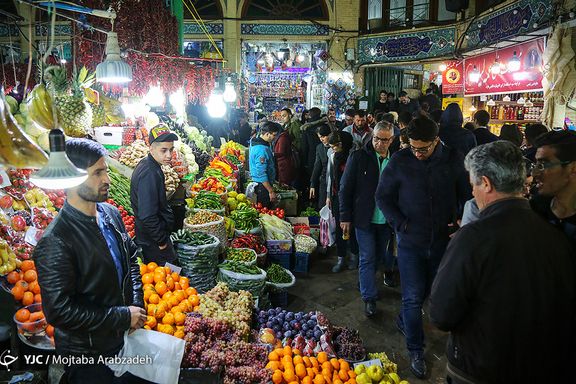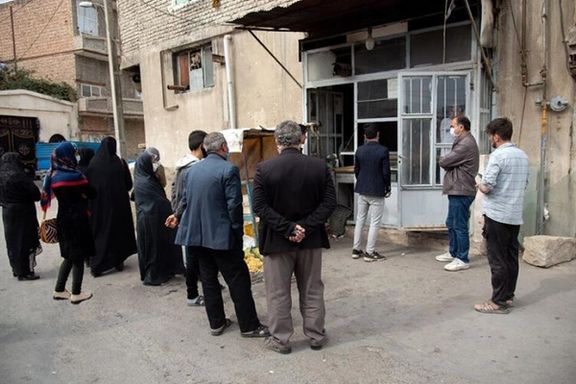Ukraine War Can Reduce Iran's Food Supply, Raise Prices

Prolongation of the Ukraine war may affect Iran's supplies of wheat, corn, vegetable oil, livestock feed, and fertilizer ingredients, pushing up prices.

Prolongation of the Ukraine war may affect Iran's supplies of wheat, corn, vegetable oil, livestock feed, and fertilizer ingredients, pushing up prices.
Iran imports sunflower oil, wheat, corn, barley, and soybeans as well soybean meal for animal feed from Russia and Ukraine.
The volume of Iran's imports from Russia is much higher than from Ukraine. Iran's imports from Russia totaled around $1.8 billion in the first ten months of the previous Iranian calendar year which began on March 21, 2021, whereas during the same period it imported only around $162 million from Ukraine.
Nour News, which is affiliated with the secretary of Iran's Supreme National Security Council (SNSC), Ali Shamkhani, said last week that Iran’s agriculture minister, Javad Sadatinejad, signed an agreement during a recent visit to Russia to import 20 million tons of basic goods, including vegetable oil, wheat, barley and corn.
The report said the deal is to address concerns about shortages of basic goods and livestock feed in the coming months but did not mention the monetary value of the deal.
According to the US Department of Agriculture, Russia and Ukraine together account for a third of the world’s wheat exports, a fifth of its corn trade and almost 80 per cent of sunflower oil production. All three items are among Iran's imports of major essential goods.

Russia has announced additional restrictions on grain exports to ensure its own food security and to protect the domestic market.
Iran's production of wheat is likely to be around 30 percent less this year due to expected lower rainfall. According to the chairman of Federation of Iranian Food Associations, Mohammadreza Mortazavi, Iran needs to import around 3.5 million metric tons of wheat by early March. Mortazavi said importing wheat would not be a problem, but the cost will be higher.
The burden of higher costs of wheat imports will fall on the already cash-squeezed government of President Ebrahim Raisi. Earlier in March the parliament scrapped $15 billions of subsidies for imports of all essential goods except wheat, to keep the price of bread, a main staple for Iranians, steady at bakeries.
Iran’s Feed and Grain Importers Union has recently announced that the Russian invasion can also cause problems in the imports of livestock feed and grain because companies cannot keep their deliveries due to logjams in supply chains.
Soybean meal, barley and corn are imported from Russia and other countries mainly for livestock and chicken feed. Iran annually imports around 8 million metric tons of corn, 4.2 million metric tons of soybean meal, and 400,000 metric tons of barley for animal feed. Any shortages or higher prices can push up the price of meat.
The chairman of Iran-Brazil Chamber of Commerce, Fakhreddin Amerian, last month said 60 percent of Iran's corn imports originated in Brazil and the rest came from Ukraine and Russia. Amerian said a shortage of corn was not likely as more could be imported from Brazil and other sources.
On March 4 Russia’s trade and industry ministry recommended the country’s fertilizer producers temporarily halt exports, which may increase the already sky-high fertilizer prices.
Although Iran produces most of its fertilizer domestically, it imports the ingredients from various countries such as China, India, and Turkey. Higher fertilizer prices could also hugely affect the prices of rice, fruits and vegetables in Iran. Fertilizers account for around 70 percent of the production cost of rice, the most important staple food after bread in Iran.